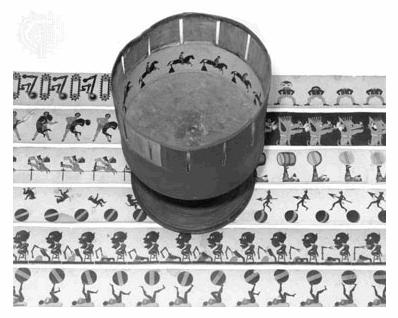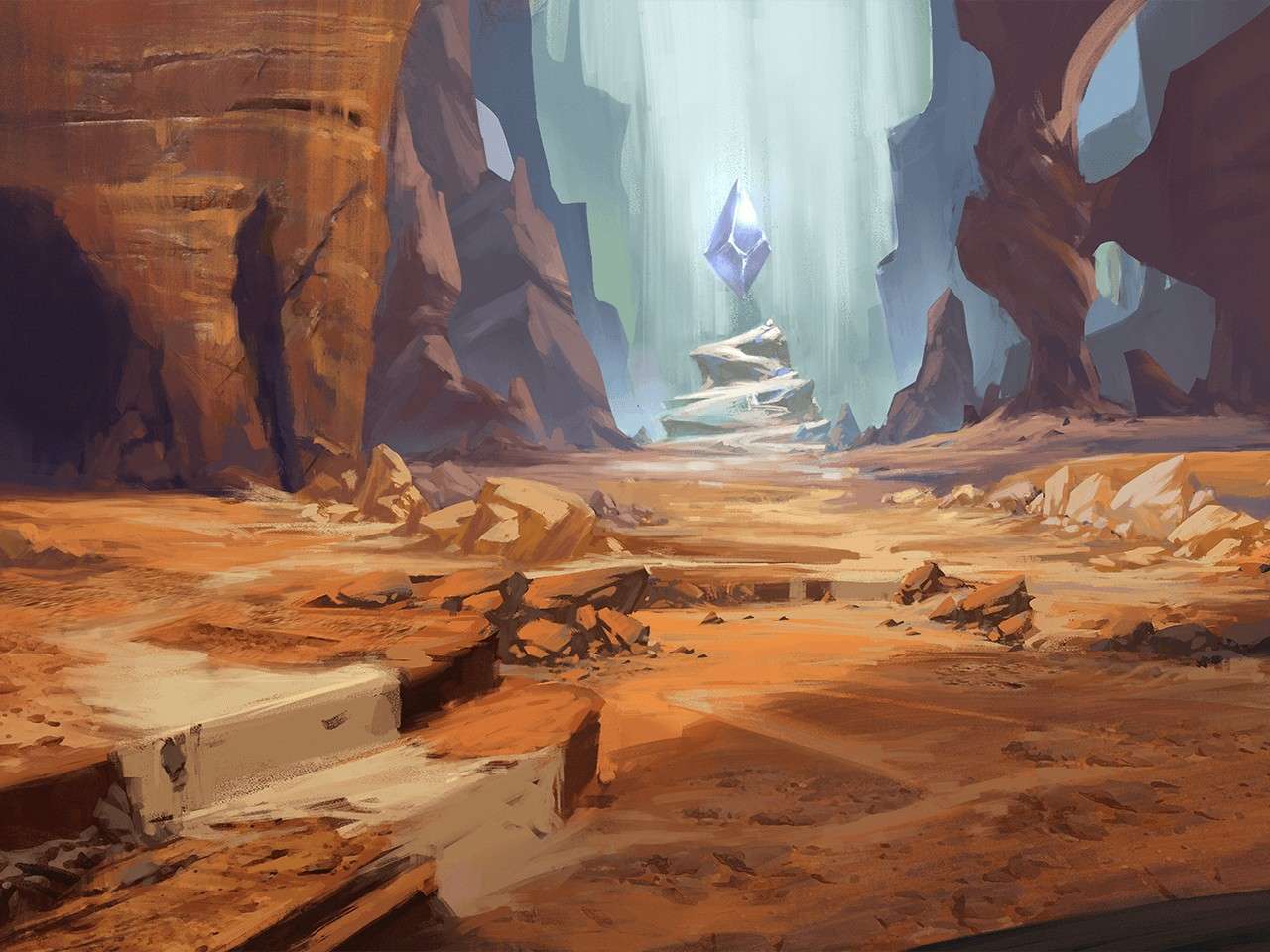Toys Coming to Life
Do you know what film strips and zoetropes have in common? They have slits.
I am not referring to the British punk rock band or a woman’s dress. I am talking about the vertical and/or horizontal strip of space between two things, like what you would see on a film strip.
There is a reason why film is also known as “moving pictures.” What creates the motion in “motion pictures” are the small slits between the images. Have you heard of the saying “the hand is quicker than the eye?” When rolling, the slits between the images on the film tricks our eyes into believing that what we see is in motion. Below is a picture of the film strips from the famous The Kiss (1896). It was one of the first films shown to the public. It was considered notorious for its pubic display of affection (keep in mind, it was the year of 1896). You can see the spacing between each picture, which creates the continuous motion to the next image.
Now how does this relate to animation at all? Before there was animation and film, there were toys. Not the toys from Toy Story, but optical toys.
 The zoetrope. You might have seen these in museums. Zoetropes are optical toys that create the illusion of motion between images through slits and speed. In Greek, the word “zoetrope” means “wheel of life.” One would look into the slits that would be on the wheel, spin the zoetropes and watch the images inside come to life.
The zoetrope. You might have seen these in museums. Zoetropes are optical toys that create the illusion of motion between images through slits and speed. In Greek, the word “zoetrope” means “wheel of life.” One would look into the slits that would be on the wheel, spin the zoetropes and watch the images inside come to life.
 A few years ago, commuters from the East Bay going into San Francisco on the BART would be able to watch zoetrope-like advertisements when they enter the Embarcadero and Montgomery stations. Watch the video below of a fellow commuter recording the advertisements. Optical illusions like zoetropes might be considered old school, but they are far from being dead.
A few years ago, commuters from the East Bay going into San Francisco on the BART would be able to watch zoetrope-like advertisements when they enter the Embarcadero and Montgomery stations. Watch the video below of a fellow commuter recording the advertisements. Optical illusions like zoetropes might be considered old school, but they are far from being dead.
Today, zoetropes aren’t as popular as the iPhone, but they have not lost their nostalgic touch. Watch how Pixar created their own modern zoetrope using strobe lights (instead of slits) to make the toys from Toy Story come to life.
Animation means “the act of bringing to life.” Do you think optical toys and motion pictures have helped animation come to life?





